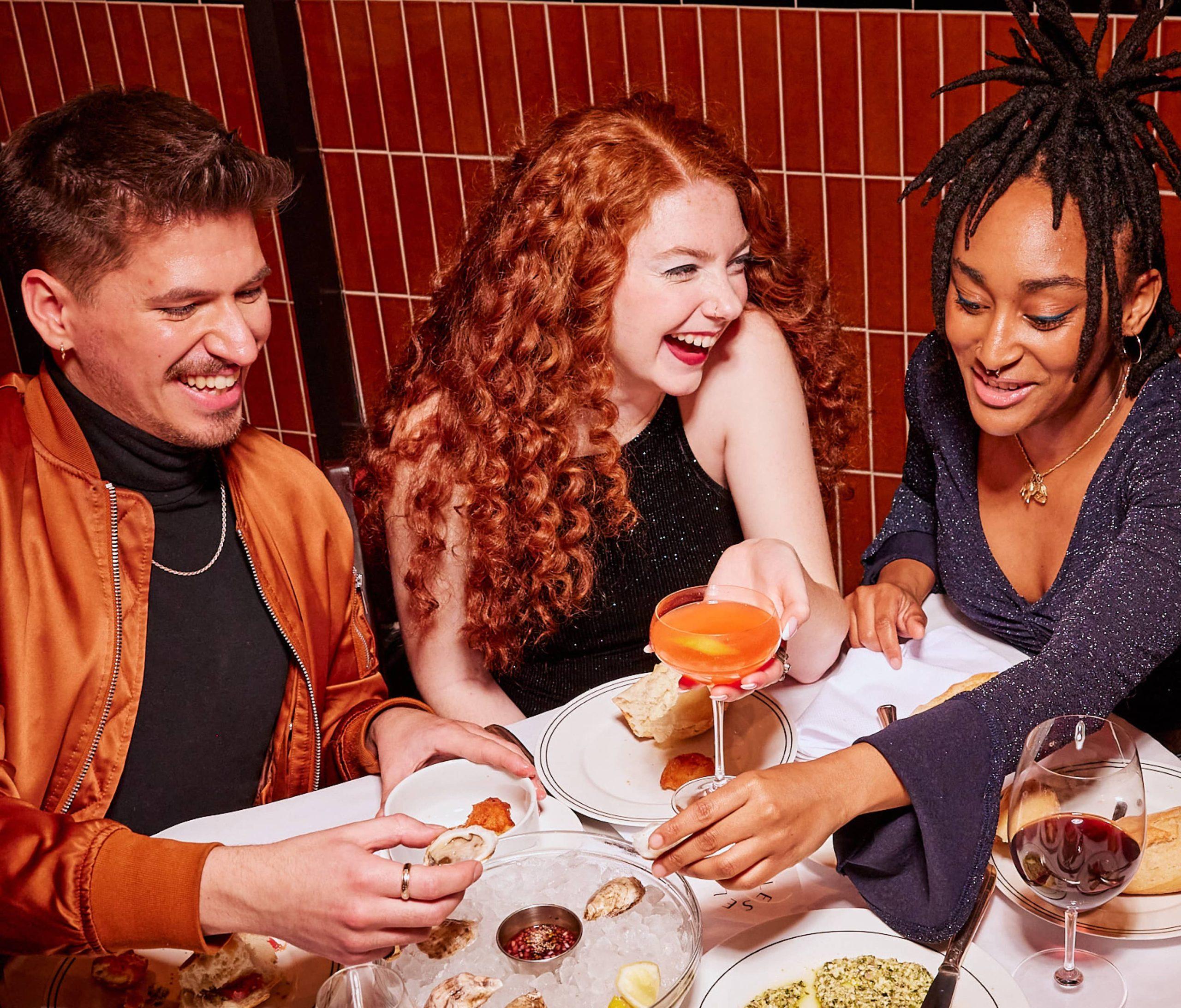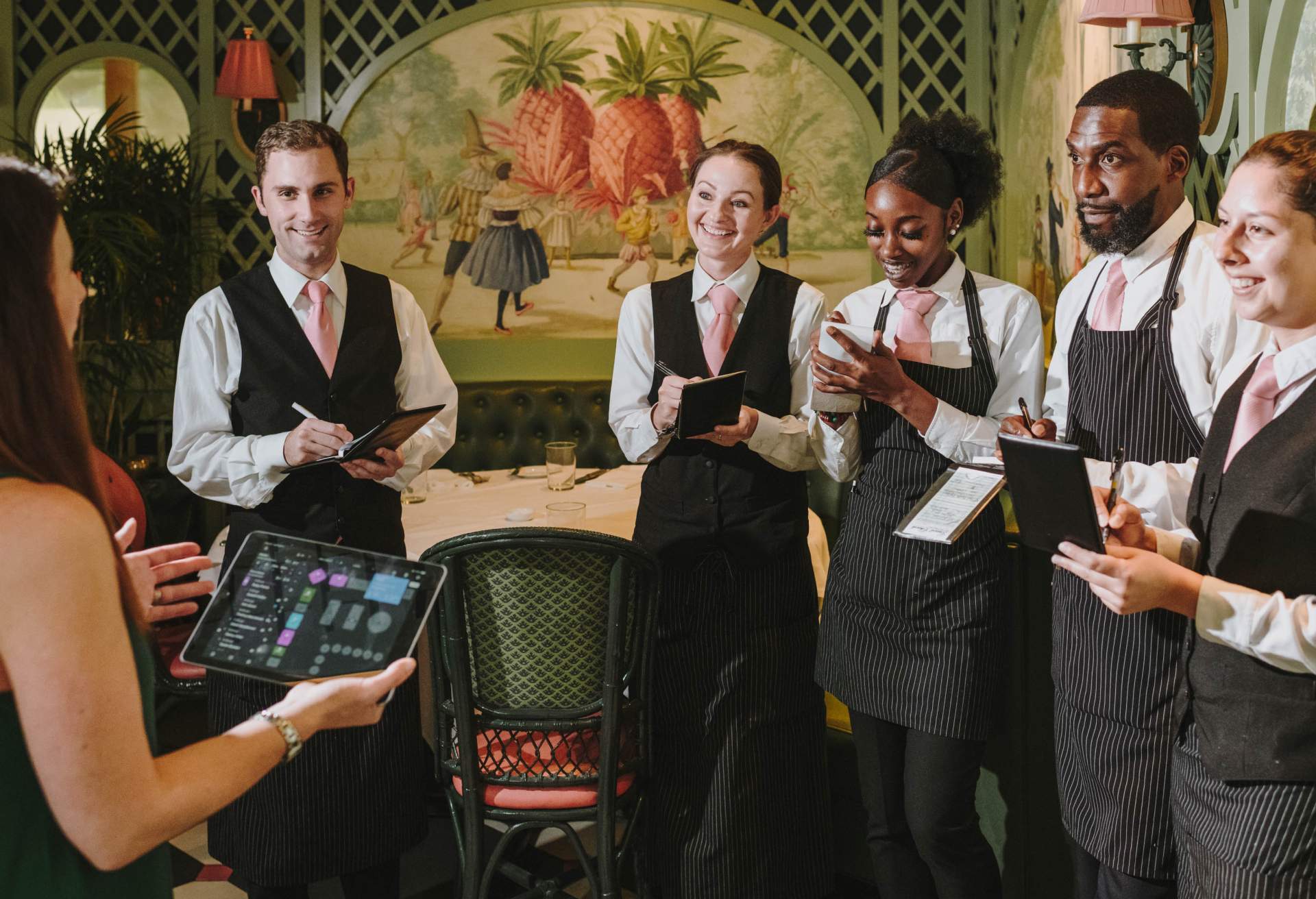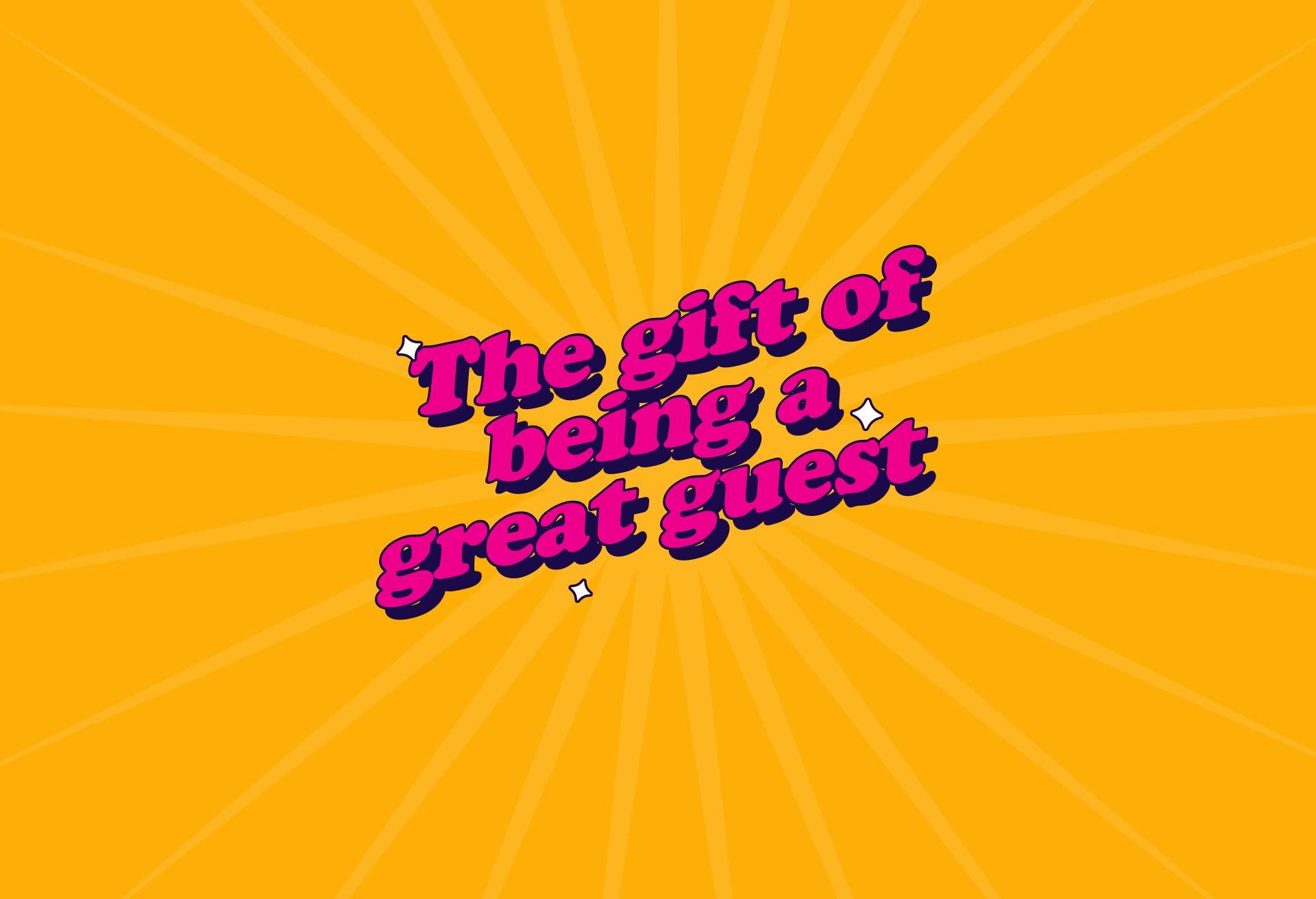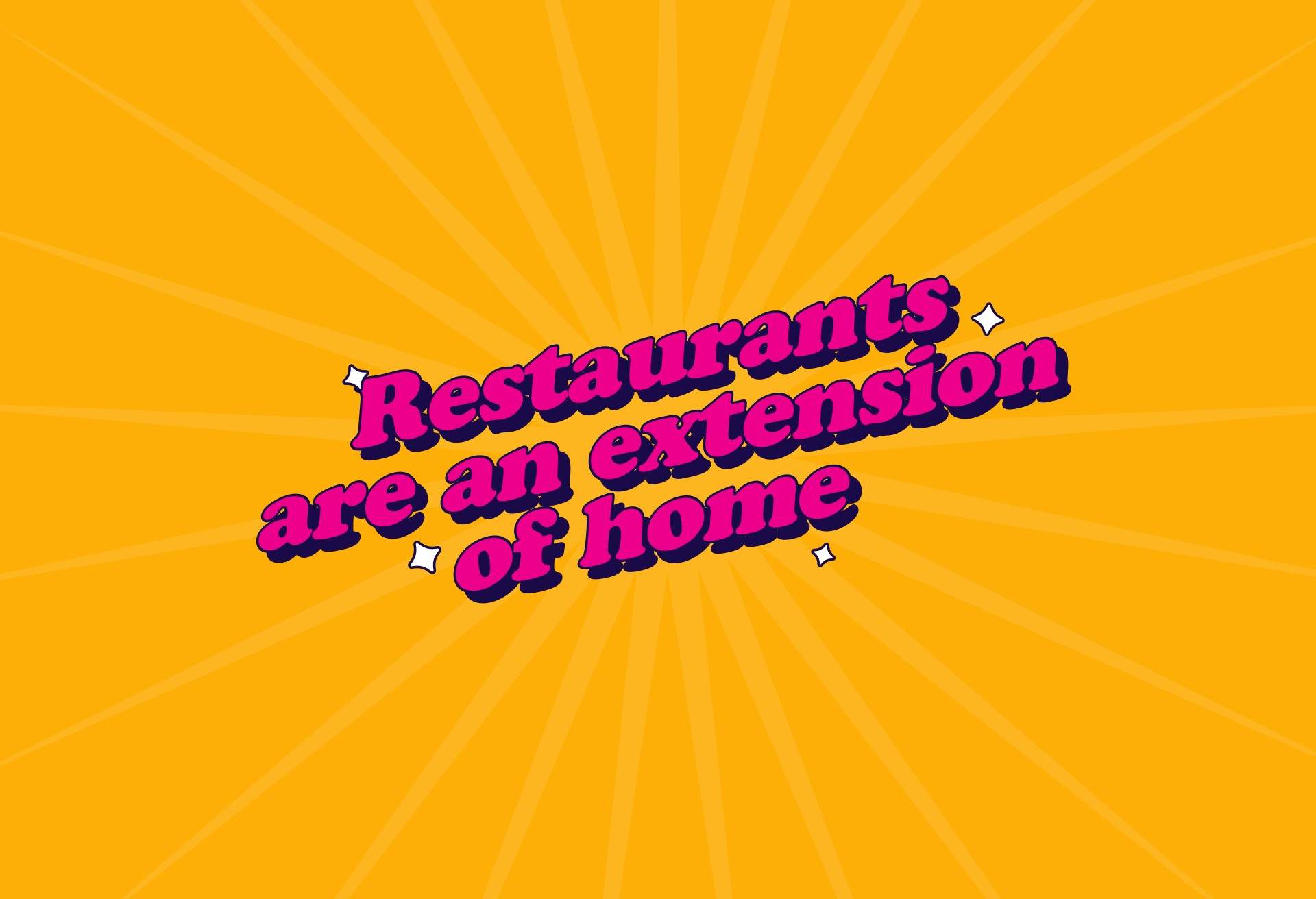Whether you’re celebrating a special occasion, out for a weekly date night, or wrangling a group of friends to catch up on a Tuesday, OpenTable lets you book your favorite restaurants and discover new spots. It can lead you to over 55,000 restaurants, spanning all cuisines and locations—or help you reserve a seat at that neighborhood gem you know and love.
While from where diners sit, OpenTable seems like it’s all about booking reservations, there’s a whole other world at work: the restaurant’s point of view.
OpenTable started as reservation software, but over the past 25 years, we’ve expanded to become the world’s most complete restaurant platform. OpenTable helps restaurants run smoother shifts, fill seats, turn guests into regulars, and create and sell dining experiences. In the process, we’ve also become the world’s largest dining network, which lets us serve both restaurants and diners even better.
When you go to a restaurant and walk up to the host stand, the host looks up a reservation, if you have one, and seats you (or asks you to wait and puts you on a waitlist). In the old days, restaurants managed this with pen and paper and a glance around the dining room to see which tables were available. Fast forward to today: many restaurants use iPads and software to do the same thing, but even better.
In the old days, the maître d’ or restaurant owner needed to know regulars and other VIPs by name, be available to recognize them, and continually communicate information to different staff members working that shift. Now OpenTable lets restaurants note important guest preferences so any restaurant staff member can offer top-notch hospitality in a snap.
Hosts used to need to quickly rearrange seating charts for the rest of the shift when parties came in larger or smaller than expected. Now, OpenTable can automatically adjust seating charts the instant things change. A similar scramble would happen when a VIP arrived without notice. Now, restaurateurs can seat them on the fly with the OpenTable for Restaurants iPhone app. In short, OpenTable makes it easier on the restaurant (and thus easier on you).
Plus, at the end of the day, an owner or general manager can see how many people dined at the restaurant and much more information about any shift, day, or longer time period simply by opening OpenTable on their phone. This reporting data lets them see on a day-by-day basis how their business is doing, as well as look at data over time to recognize business trends.
OpenTable helps more than 125 million diners find the right restaurant for the right occasion and book a restaurant reservation through our network each month. For restaurants, that means they’re filling seats that might otherwise be empty. And that’s a big deal for their bottom line.
A large portion of a restaurant’s expenses are fixed: they remain the same as the number of diners increases. For example, whether the dining room is half full or there’s a line out the door, a restaurant usually pays a fixed amount in rent (some may also pay an additional percentage of their sales) and must have minimum staffing in place for the floor and kitchen. By spreading the overhead costs over a larger number of paying customers, restaurants make more money.
Think about an airplane that takes off half-full. That airplane still has the same equipment and personnel costs as a full plane. As on an airplane, every empty chair at a restaurant represents a lost revenue opportunity. Getting more diners in seats directly impacts the restaurant’s ability to make up the cost of running a restaurant.
OpenTable plays a key role in fostering the connection between restaurants and diners, empowering restaurants to keep diners coming back, just as we help diners find their perfect spot.
Do you work at a restaurant? Learn more about how OpenTable can help your restaurant do more, and we’ll help you find the plan that’s right for you.




